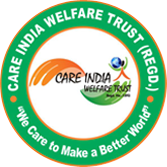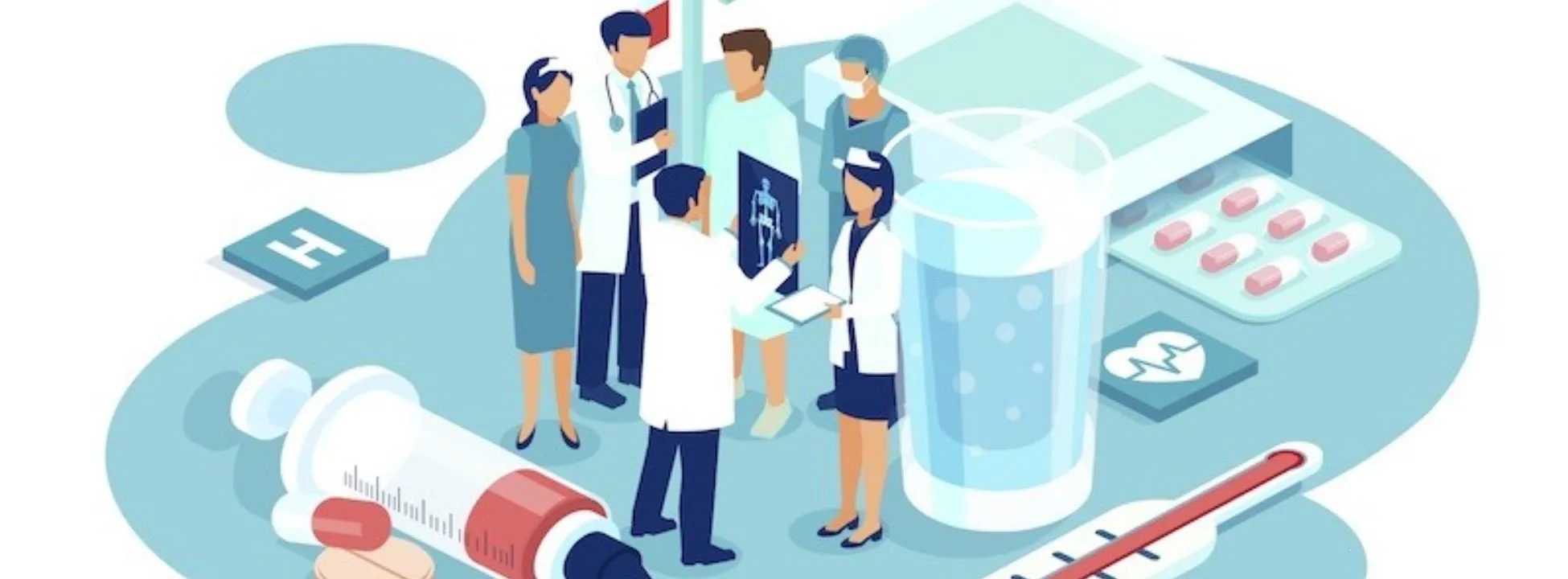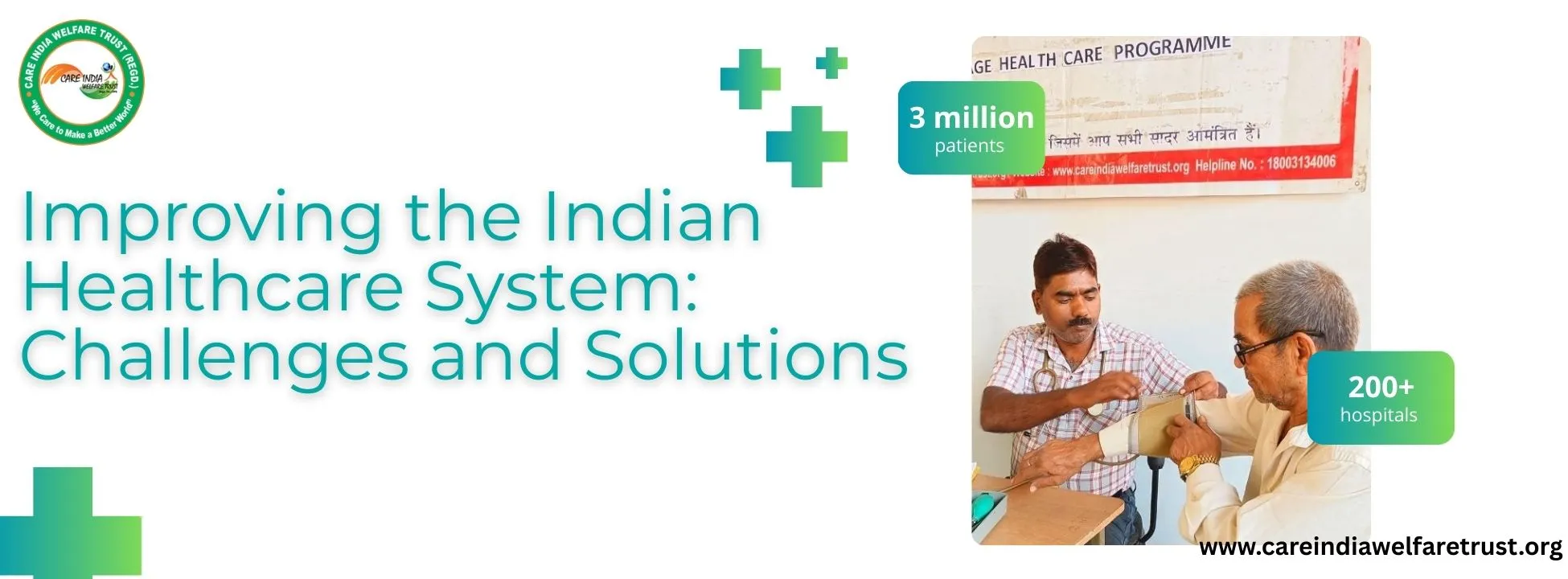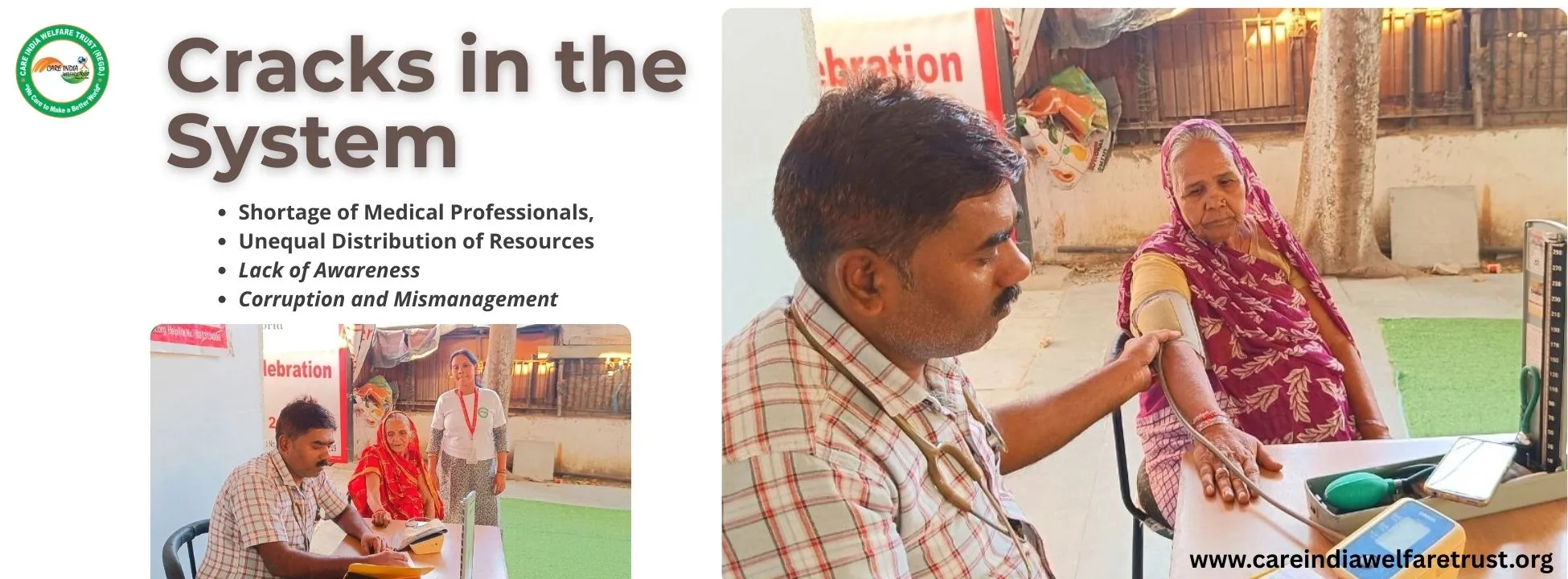Improving the Indian Healthcare System: Challenges and Solutions
India’s healthcare system faces many challenges that make it difficult for everyone to access quality care. However, there are solutions to healthcare problems in India that can improve the system and make healthcare available to all. One of the main india healthcare system challenges 2025 delivery system is the gap between rural and urban healthcare. Rural areas often lack hospitals, clinics, and trained doctors. People living in these areas have to travel long distances to receive care.
To fix this, more health centers should be built in villages, and mobile clinics can be used to reach people who live far away. This is one of the major problems of the health care system in India that needs urgent attention. Another issue is the high cost of healthcare. Private hospitals are often too expensive for many families. While the government offers health insurance, many people still struggle with out-of-pocket expenses. Making challenges in indian healthcare system 2025 more affordable for everyone, especially low-income families, is important. Affordability remains a key issue when discussing healthcare in India issues and challenges.
Technology can also play a big role in improving healthcare. Online consultations, digital health records, and mobile health apps can help people get medical help without needing to visit a hospital. These digital solutions can help overcome several challenges in health sector in India by improving access and reducing costs.
Lastly, more focus on prevention is needed. Teaching people how to stay healthy, avoid diseases, and get early treatment can reduce the number of people needing expensive medical care. This is one of the 7 challenges in healthcare that must be addressed to create a more efficient and responsive system.
By improving infrastructure, making healthcare affordable, using technology, and focusing on prevention, India can build a stronger healthcare system for everyone.
One of the Key Issues in the Indian Healthcare System is:
In India, many people living in villages cannot reach hospitals or health centers easily. This is because:
- There are not enough doctors or nurses in rural areas.
- Health centers are far and hard to travel to.
- Ambulance and emergency services are limited or unavailable.
- Medicines and medical equipment are often missing or outdated.
- People have little health awareness or knowledge about when to seek care.
This problem affects the health of millions. To fix it, the government must invest more in rural healthcare.
Where We Stand Today
India’s healthcare system is made up of both public and private sectors. The private sector offers high-quality services, but they can be expensive and often out of reach for many people. The public health care system in India, on the other hand, is more affordable and accessible to a larger population. However, it faces challenges like limited resources and insufficient India healthcare infrastructure challenges, especially in rural areas.
These are some of the key health care problems and solutions that experts and policymakers continue to address. One major concern is ensuring that quality medical services are available in every part of the country.
Organizations like Care India Welfare Trust are working to bridge this gap by providing affordable healthcare services, especially in underserved communities. Their efforts include setting up health camps, providing medical supplies, and improving access to healthcare for people who would otherwise not have the means to afford it. These initiatives aim to address the widespread medical care problems in India, particularly where government resources are lacking.
Government programs such as Ayushman Bharat have made efforts to provide health insurance to millions of people, but there are still large sections of the population, particularly in rural areas, that don’t have access to quality healthcare. While there are positive changes, there is still a long way to go. Improved infrastructure, better health education, and more inclusive healthcare programs are needed to ensure everyone in India has access to good health insurance India services.
Cracks in the System
India's healthcare system faces several challenges, which can be described as cracks in the system. These cracks hinder the delivery of effective healthcare, especially to the most vulnerable populations. Here are some key points highlighting these issues:
Insufficient Infrastructure: Many hospitals and clinics lack proper equipment, beds, and basic facilities. This leads to overcrowded hospitals and poor-quality care.
- Shortage of Medical Professionals: There aren’t enough doctors, nurses, and other healthcare workers, especially in rural areas. This shortage means long waiting times and delays in treatment.
- Unequal Distribution of Resources: Healthcare services are concentrated in urban areas, leaving rural regions with very few options. People in villages have to travel long distances to get medical help.
- Lack of Awareness: Many people are unaware of the healthcare services available to them, especially in remote areas. Without education on healthcare rights and preventive measures, people struggle to get the help they need.
- Corruption and Mismanagement: In some cases, funds allocated for healthcare are misused or not used efficiently, leading to a lack of proper facilities and services for the public.
These cracks in the system need to be addressed urgently for India to have a fair and effective healthcare system.
The Rural Healthcare Struggle
Rural India faces significant challenges when it comes to the health care system in India. The most pressing issue is the lack of medical facilities and healthcare professionals. In many villages, there are no nearby hospitals, and the ones that exist are often poorly equipped. People in these areas must travel long distances to reach the nearest healthcare facility, which can be both time-consuming and expensive.
The health system in India, especially in rural regions, also faces a shortage of doctors, nurses, and medical staff. Many healthcare workers prefer to work in cities where they have better facilities and higher pay. As a result, rural residents often have to rely on general practitioners who may not have specialized knowledge or access to modern medical tools.
The Indian health care system also struggles with providing access to essential medicines and treatments in rural areas. The high cost of transportation and lack of infrastructure make it hard for people in rural areas to afford medical care. This leads to delayed treatments, worsening health conditions, and even preventable deaths.
To address these issues in the healthcare system in India, solutions like mobile health units, telemedicine, and government-funded healthcare centers are essential. These initiatives can help deliver healthcare to rural populations and improve their quality of life by making medical services more accessible and affordable.
Lack of Affordability
One of the biggest issues in India’s healthcare system is the lack of affordability. While there are public health services available, many people cannot afford the high costs of healthcare, especially in private hospitals. Medical treatments, surgeries, and medicines can be very expensive, putting them out of reach for low-income families. Even with government schemes like Ayushman Bharat, out-of-pocket expenses for medicines, consultations, and hospital stays can still add up quickly.
This affordability issue becomes a barrier for many, especially those in rural areas, where healthcare options are limited. People often delay or skip necessary treatments because they can't afford them, leading to worsened health conditions. To fix this, the government needs to make healthcare more affordable through better insurance coverage, subsidies, and controlling the cost of treatments and medicines. Affordable healthcare will ensure that everyone, regardless of income, has access to the care health insurance they need.
Technology as a Game-Changer
Technology is playing a crucial role in transforming healthcare in India. Here are some ways technology is changing the game:
Telemedicine: Technology enables patients in remote areas to consult doctors online. Telemedicine helps reduce the need for long travels and ensures timely medical advice.
Digital Health Records: Storing health information digitally allows doctors and hospitals to access a patient’s medical history easily. This improves the quality of care and reduces the risk of medical errors.
Artificial Intelligence (AI): AI can assist doctors in diagnosing diseases more accurately and quickly. AI tools can analyze medical images, predict health risks, and even recommend treatment options, saving time and improving patient outcomes.
Mobile Health Apps: Health apps allow people to track their fitness, diet, and medications. Some apps also offer virtual consultations, making healthcare accessible from the comfort of home.
E-pharmacy: Technology has made it possible to buy medicines online, ensuring that essential drugs reach even the most remote areas. This also makes medication more affordable and easily available.
In short, technology can make healthcare more accessible, efficient, and affordable, improving the overall quality of life for people across India.
Public vs Private: Bridging the Gap
In India, the healthcare system is divided into two sectors: public and private. Both play important roles, but there are significant differences between them. Here’s a breakdown:
Public Healthcare:
Affordable: Public hospitals are government-funded, making them more affordable for the general population.
Wide Reach: They serve a large number of people, especially in rural and underserved areas.
Limited Resources: However, public healthcare often faces challenges like overcrowding, outdated equipment, and a shortage of medical staff.
Private Healthcare:
Better Quality: Private hospitals offer high-quality services with advanced technology and specialized care.
Faster Service: They tend to have shorter waiting times and better facilities.
Expensive: The cost of treatment in private hospitals is high, making it unaffordable for many people.
Bridging the Gap To close the gap between private and public healthcare, we must:
- Promote Public-Private Partnerships: These can help public hospitals' infrastructure and lower the cost of services.
- Enhance Public Healthcare: The government ought to enhance funding for public hospitals, modernize existing infrastructure, and hire more medical personnel.
- Control Private Healthcare: Ensuring that private hospitals continue to be accessible and reasonably priced for everyone.
We can build a more effective and balanced healthcare system by enhancing both areas.
Health Insurance – Still Out of Reach
Many people in India still lack access to health insurance, even though it is crucial for shielding them from excessive medical expenses. Millions have benefited from programs like Ayushman Bharat, yet many people, particularly in rural regions, do not have health insurance. Many people either do not know how to obtain insurance or think the cost is too expensive. When someone has a major sickness or accident, this absence of coverage frequently results in financial hardship.
The government must broaden the scope of current programs, guarantee that they cover a greater range of treatments, and simplify insurance plans in order to increase access to health insurance. Additionally, people need to be better aware of the advantages of health insurance. The financial burden of medical bills can be lessened and everyone will have access to the care they require if health insurance is made available and cheap.
Educating for Prevention, Not Just Heal
To improve India's healthcare system, policy changes are essential. Better healthcare services for everybody, particularly the underprivileged and impoverished, can be guaranteed by effective policies. To strengthen public hospitals and clinics, which now lack resources, the government must enhance funding for healthcare. Policies that support improved training for healthcare professionals and guarantee their equitable distribution around the nation can also have a significant impact.
The expansion of health insurance coverage is another significant reform. Many people lack access to reasonably priced insurance, particularly in rural areas. More people will be able to afford treatments without experiencing financial hardship if health insurance becomes more widely available and more reasonably priced.
Finally, the government ought to prioritize improving healthcare prevention. Policies that promote routine examinations, immunizations, and hygienic awareness can lessen the strain on hospitals and stop the spread of illness. India's healthcare system will become healthier and more inclusive as a result of these policy changes.
Policy Reforms That Matter
Policy reforms are crucial for improving India's healthcare system. Effective policies can ensure better healthcare services for everyone, especially the poor and underserved populations. The government needs to increase healthcare funding to improve public hospitals and clinics, which currently lack resources. Additionally, policies that promote better training for healthcare workers and ensure they are distributed evenly across the country can make a big difference.
Another important reform is expanding health insurance coverage. Many people, especially in rural areas, don't have access to affordable insurance. By making health insurance more accessible and affordable, more people will be able to afford treatments without falling into financial distress.
Lastly, the government should focus on strengthening preventive healthcare. Policies encouraging regular check-ups, vaccination, and awareness about hygiene can reduce the burden on hospitals and prevent diseases from spreading. These policy reforms will lead to a healthier, more inclusive healthcare system in India.
A Healthier Tomorrow: The Road Ahead
We must act immediately to create a healthier future for India. To guarantee that everyone has access to high-quality treatment, regardless of geography or income, the healthcare system must become more inclusive. This entails making investments in healthcare facilities in both urban and rural areas as well as enhancing infrastructure.
With advancements like telemedicine and digital health records, technology will be crucial in facilitating greater access to healthcare. To lessen the burden of diseases, we must also prioritize prevention through education and public health initiatives.
Expanding health insurance coverage is necessary to enable more people to receive medical care without experiencing financial hardship.
FAQ
How to Improve the Health Care System in India?
Improving India’s healthcare system needs better infrastructure, more funding, trained medical staff, affordable services, digital health records, rural access, strong health policies, and awareness about hygiene and prevention.
What are the healthcare challenges in India?
India's healthcare challenges include a lack of doctors in rural areas, expensive treatments, poor infrastructure, and limited health awareness. These issues make it hard for many people to get proper care.
What are the Negative Aspects of Healthcare in India?
Healthcare in India faces problems like poor infrastructure, lack of trained doctors, high costs, limited access in rural areas, long waiting times, low awareness, and uneven quality of services.



